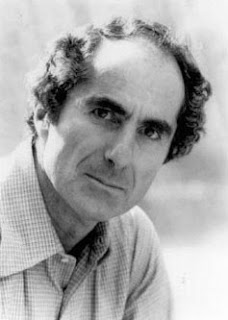A month ago I had never heard of Clayton and Saford Hall,
twin brothers from the boondocks of Virginia.
Now, thanks to the dual biography, If Trouble Don't Kill Me, written by Clayton’s grandson, Ralph Berrier, Jr., I feel
as if I have known them all my life. The
Hall twins are representative of a distinct era in country music and American history. They were born in 1919 into a
culture that leaned heavily on local musicians when it came to socializing and
entertainment. These mostly self-taught
musicians seemed to be everywhere, and they passed their skills on from one
generation to the next. If a boy could
get his hands on a fiddle, a banjo, a mandolin, or a guitar, someone was there
to teach him what to do with it.
Clayton and Saford were bitten by the music bug when they
were just boys and, even in a section of the country crawling with good
pickers, Saford’s way with a fiddle and Clayton’s with a banjo soon enough
turned the boys into local celebrities. Like
so many others of the period, the Halls used low-powered, regional radio
stations to build their reputation. These
stations knew their audience well and gave it what it wanted – live country music
at the beginning of the long workday, and the same again at mid-day when it was
time to stop for lunch.
The boys were on top of the world by 1940. They were able to quit their jobs in a
furniture factory and were making a nice living by working fulltime with Roy
Hall (no relation) & His Blue Ridge Entertainers, the best known band in the
region. Their future was golden - and
then it happened. The U.S. got involved
in World War II and Uncle Sam came calling for the Hall twins and so many
others like them. First to go was
Saford, but just 16 months later it would be Clayton’s turn.
 |
| Ralph Berrier, Jr. |
Saford and Clayton were in the thick of some of the war’s
heaviest fighting but both of them managed to beat the odds and make it back to
Virginia. Saford, who was involved in
some of America’s earliest action in the war, would eventually fight his way
from North Africa to Sicily, and on through Europe, ending up finally in
Germany. Clayton would endure some of
the war’s most brutal Pacific theater fighting, including the key battle on
Okinawa.
The boys came home to a different world and, being the
heroes they were, they got on with life as best they could. Music remained one of the most important
things in their world, but they had missed their chance at real fame and they
knew it was time to move on. Saford,
somewhat of a hard-drinking scoundrel, summed up his life this way not long
before he died:
“I know I ain’t been the best person all the
time. But I did the best I could. I’ve seen and done things that not a lot of
country boys ever get to do. I know I
ain’t got much time left, but I know where I’m going when my time comes. I did my best to live a good life. That’s all any of us can do, ain’t it? Just live a good life? When all is said and done, ain’t that
enough?”
Yes, sir, it most certainly is.
Rated at: 5.0



























